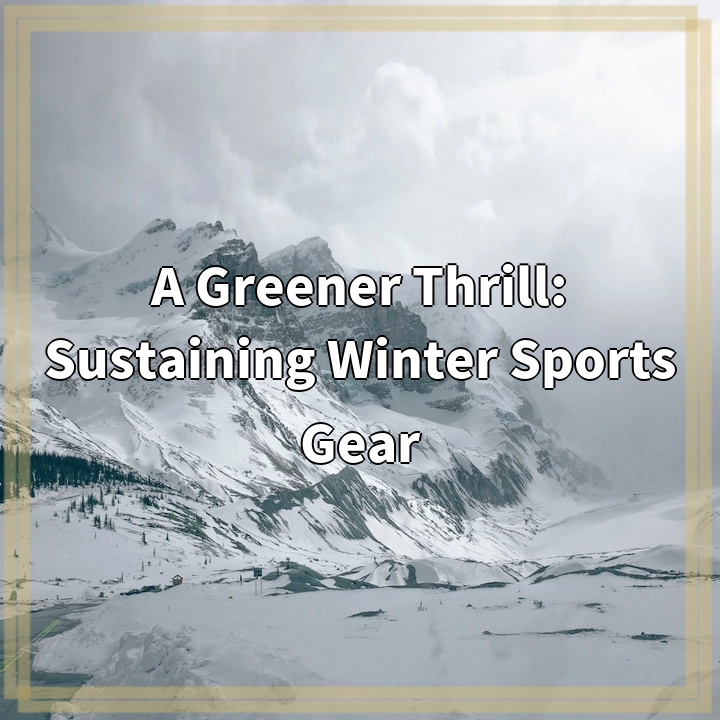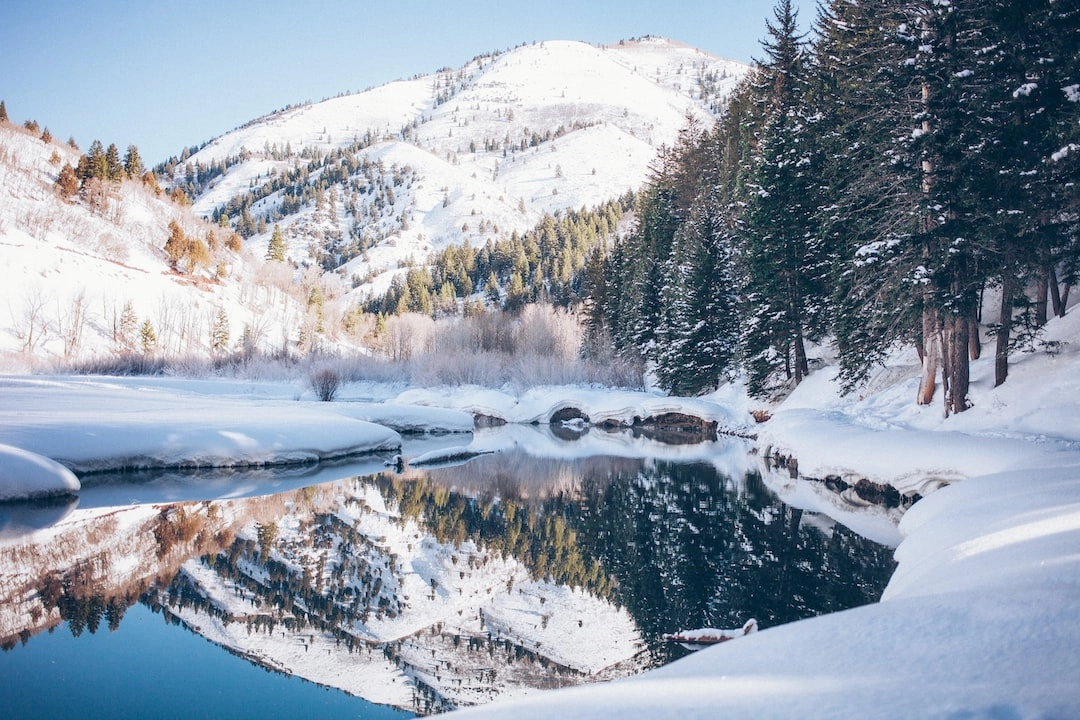
What it is:
Winter sports gear refers to equipment and clothing specifically designed for activities such as skiing, snowboarding, ice skating, and more. These gears are essential for the enjoyment and safety of individuals participating in winter sports. However, traditional winter sports gear often has a significant environmental impact due to the materials used in their production and their short lifespan.
Real-World Problems:
1. Environmental Impact: Traditional winter sports gear is typically made from non-renewable resources such as fossil fuel-based plastics, synthetic fabrics, and metal alloys. The extraction and processing of these materials lead to high carbon emissions, habitat destruction, and pollution.
2. Waste Generation: Winter sports gear, especially equipment like skis, snowboards, and boots, often wear out or become technologically outdated relatively quickly. This results in a massive amount of waste, as old gear accumulates in landfills or is incinerated, releasing harmful pollutants into the atmosphere.
3. Chemical Usage: The manufacturing of winter sports gear involves the use of various chemicals and adhesives that can be harmful to both the environment and human health. These substances can leach into the soil and water systems during production and disposal, posing risks to ecosystems and potentially causing health issues for individuals.
4. Lack of Recycling and Repurposing: Currently, there is a lack of infrastructure and awareness for recycling and repurposing winter sports gear. Many consumers are unaware of options for proper disposal or the availability of eco-friendly alternatives, resulting in gear ending up in landfills instead of being recycled or repurposed.
5. High Consumption and Fast Fashion Mentality: The winter sports industry is influenced by a consumer culture that promotes constant buying and upgrading of gear, similar to the fast fashion industry. This mindset leads to overconsumption and a disregard for the environmental consequences of disposable gear.
These real-world problems highlight the urgent need for sustainable alternatives and innovative approaches to winter sports gear. It is essential to address these issues to minimize the negative impact on the environment and create a more sustainable future for winter sports enthusiasts.

Solutions for Sustainable Winter Sports Gear:
1. Material Innovation: Developing and utilizing eco-friendly materials, such as recycled plastics, organic fabrics, and sustainable alternatives to metal alloys, can significantly reduce the environmental impact of winter sports gear.
2. Extended Product Lifespan: Encouraging manufacturers to design gear with durability in mind, incorporating features like repairability and modular components, can help extend the lifespan of winter sports gear and reduce the need for frequent replacements.
3. Recycling and Repurposing Programs: Establishing convenient and accessible recycling and repurposing programs for winter sports gear can divert waste from landfills and promote the circular economy. Consumers should be educated about these programs and encouraged to participate.
4. Rental and Sharing Initiatives: Increasing the availability and popularity of gear rental and sharing services can reduce the demand for new gear and promote a more sustainable approach to winter sports. These initiatives can encourage people to prioritize access over ownership.
5. Education and Awareness: Raising awareness among winter sports enthusiasts about the environmental impact of gear and promoting sustainable alternatives can drive change. Education should focus on the benefits of sustainable gear, proper disposal methods, and the importance of conscious consumption.
6. Collaboration and Industry Responsibility: Stakeholders in the winter sports industry, including manufacturers, retailers, and event organizers, should collaborate to establish sustainability standards and support initiatives that reduce the sector’s overall environmental footprint.
Implementing these solutions is crucial to minimize the environmental impact associated with winter sports gear. By promoting sustainable practices and conscious consumption, we can enjoy winter sports while protecting the planet for future generations.















